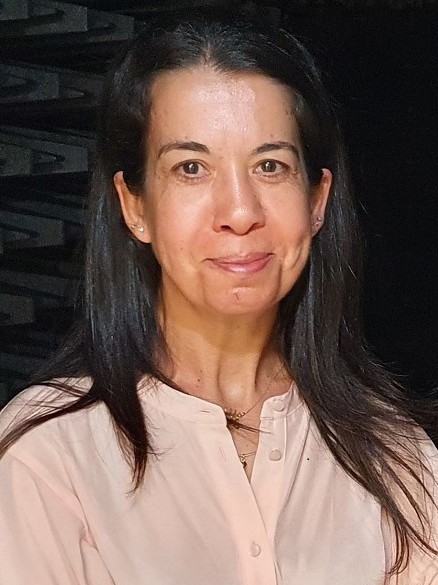abstract
Five new metal organic frameworks (MOFs) have been synthesized by using cadmium ion and 2,5-furandicarboxylic acid in presence of a variety of bridging amine ligands, [Cd(fdc)(2,2'-bpy)(H2O)](n) (1), {[Cd(fdc)(pyz)(H2O)(2)][Cd(fdc)](H2O)(2)]center dot H2O}(n) (2), {[Cd(fdc)(4,4'-bpy)(H2O)(2)]center dot EtOH}(n) (3), [Cd(fdc)(1,2-bpe)(H2O)](n) (4), and [{Cd-2(fdc)(2)(H2O)(4)}center dot(1,2-bpe)](n) (5), where fdc = 2,5-furandicarboxylic acid, 2,2'-bpy = 2,2'-bipyridyl, pyz = pyrazine, 4,4'-bpy = 4,4'-bipyridyl, 1,2-bpe = 1,2-di(4-pyridyl)ethylene. All the compounds were characterized by single-crystal X-ray analysis and show diversities in their structures. Compound 1 shows linear topology propagating along the crystallographic b-axis. Compound 2 shows supramolecular structure, where two types of ID double chains (ladder type) are present. These chains propagate along the crystallographic a-axis and are tightly held with each other by strong hydrogen bonds. Compound 3 reveals a ID + ID -> 2D polycatenated MOF, where four cadmium centers form a perfect square and these squares are further linked by the carboxylate ligand, forming a ID tube. These tubes are interpenetrated with each other forming a polycatenated 3D MOF. Compound 4 also possesses a polycatenated MOF, but ID sheets are polycatenated with each other forming the 113 + ID -> 3D MOF. Compound 5 is a 2D-based supramolecular 3D MOF, where 1,2-bpe ligands are entrapped within the layer of the 2D by strong hydrogen bonds and pi center dot center dot center dot pi interaction. Luminescence of all the compounds has been investigated.
keywords
METAL-ORGANIC FRAMEWORKS; MAGNETIC-PROPERTIES; CRYSTAL-STRUCTURES; HYDROTHERMAL SYNTHESIS; COPPER(II) COMPLEXES; HYDROGEN STORAGE; CARBON-DIOXIDE; MALONIC-ACID; TEMPERATURE; LIGANDS
subject category
Chemistry; Crystallography; Materials Science
authors
Sen, R; Mal, D; Brandao, P; Ferreira, RAS; Lin, Z
our authors
acknowledgements
R.S. thanks FCT for postdoctoral grants (SFRH/BPD/71798/2010). This work was supported by FCT, POCI2010, PEst-C/CTM/LA0011/2013, FSE, and FEDER.




